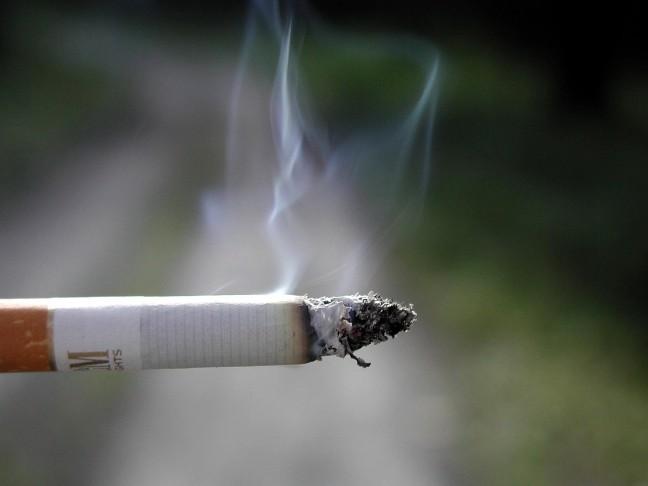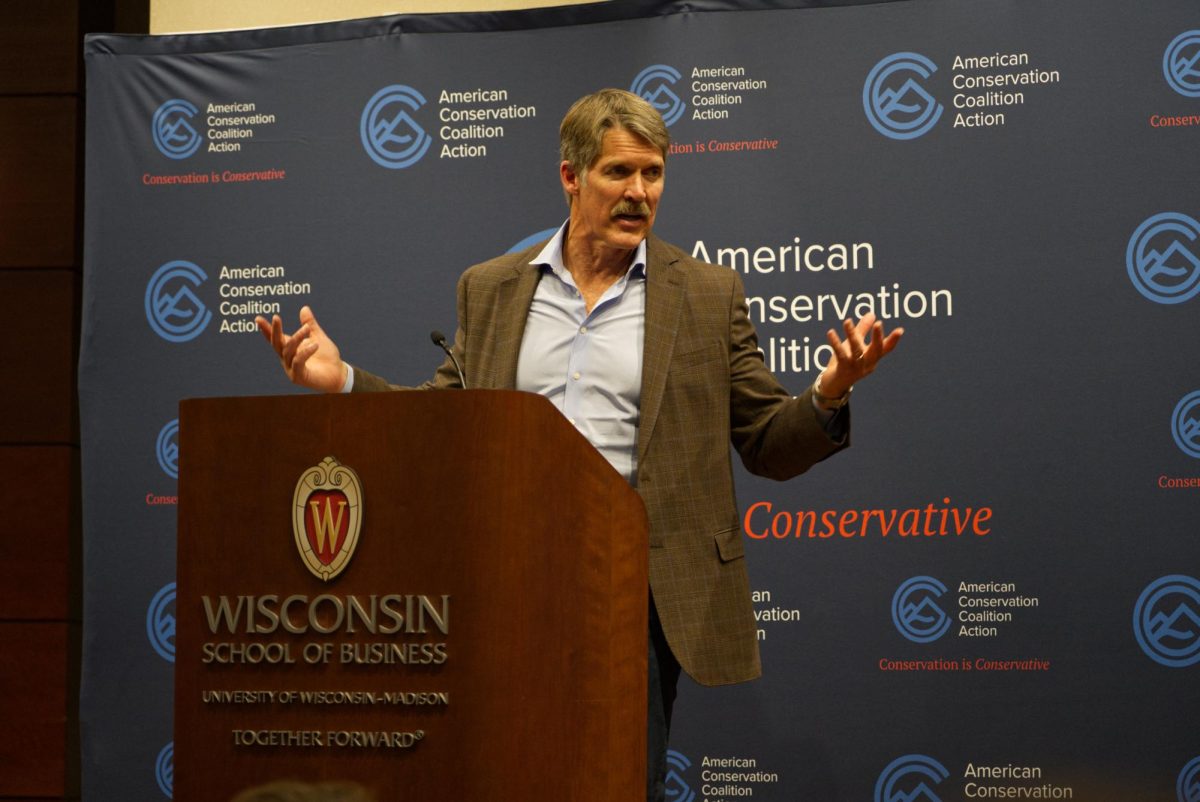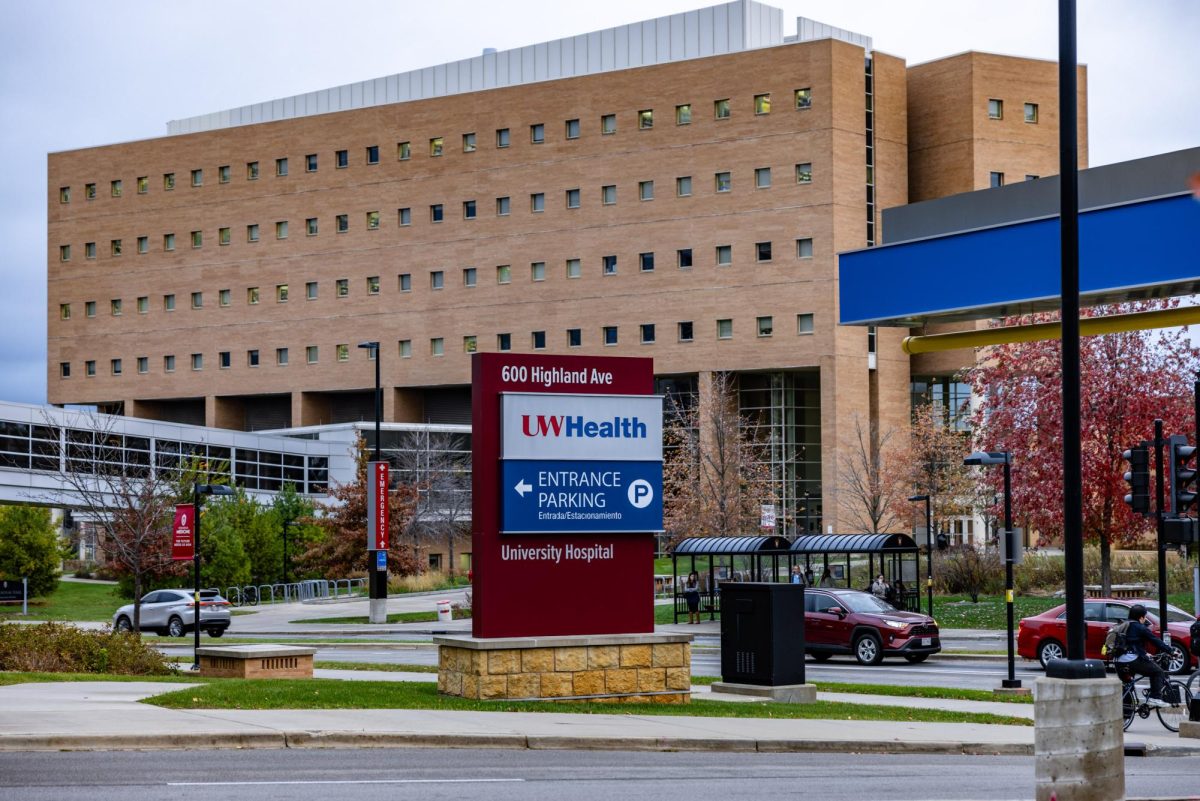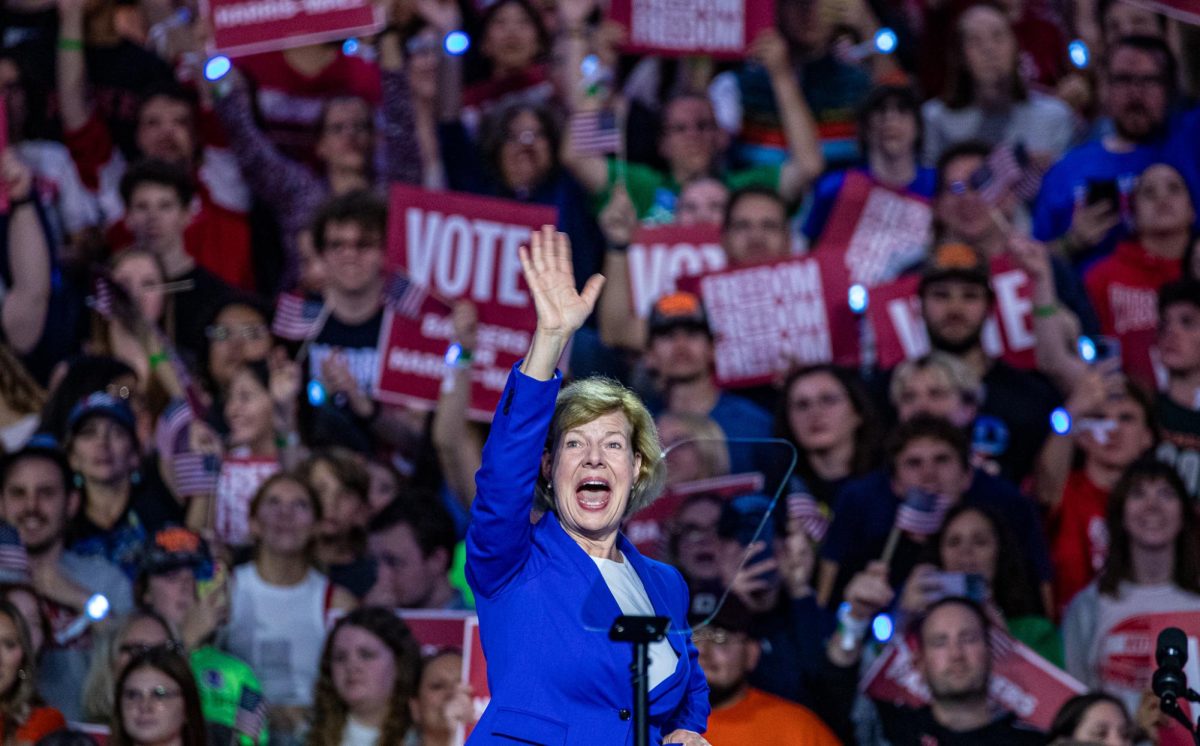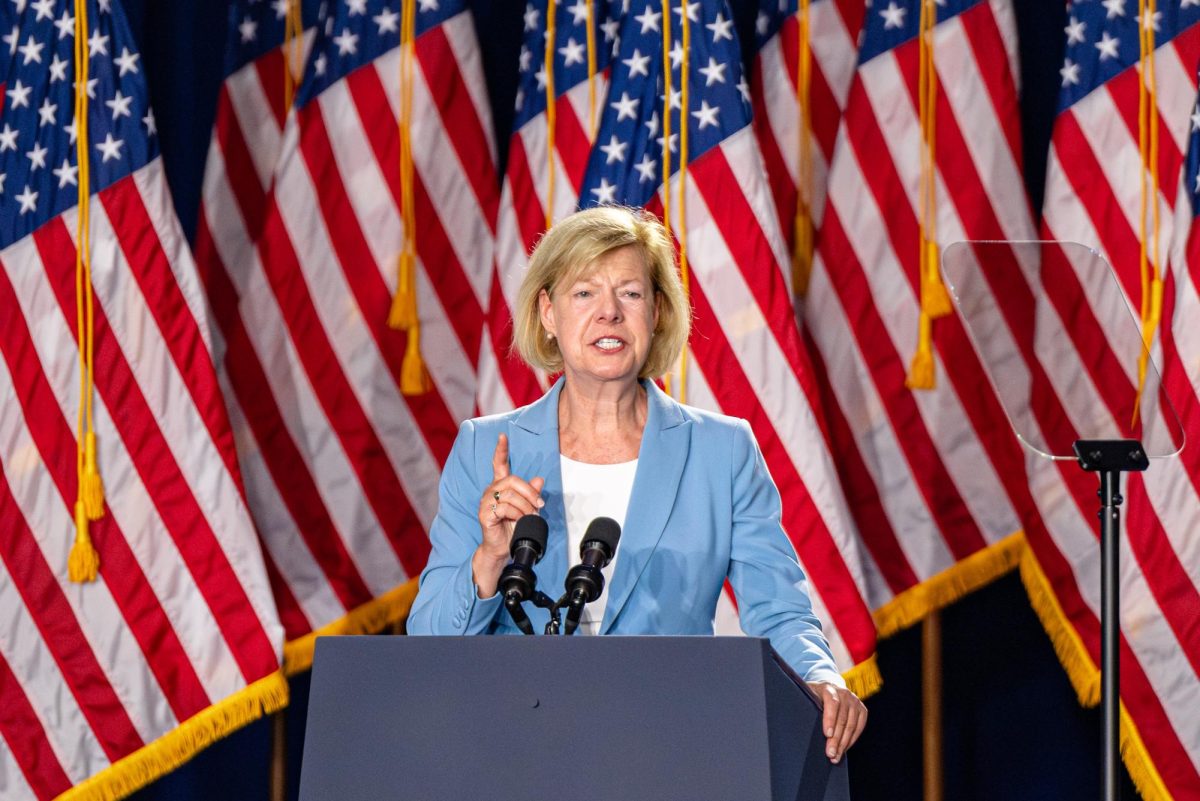Wisconsin received the worst rating for funding and accessibility to programs which help tobacco users quit, according to the State of Tobacco Control 2016 report.
Currently Wisconsin’s prevention and cessation program funding amounts to only 13.2 percent of the Centers for Disease Control and Prevention’s recommended amount, the report said. Dona Wininsky, director of the American Lung Association in Wisconsin, said CDC develops the recommendation based on factors like state population, advertising cost and smoking rate.
Wininsky said 11 out of the 71 counties in Wisconsin have no tobacco prevention and cessation programs because there is no funding available. Wininsky also said while the state’s prevention and cessation program funding is very limited, it has still been impactful.
“Our program is only funded at $5.3 million, so it is literally a fraction of what the CDC recommends,” Wininsky said. “Yet we have still been able to drive smoking rates down, so it’s money well spent.”
An increase in funding would lead to more and better cessation and tobacco prevention programs, Wininsky said.
Wininsky said children and teenagers know cigarettes are bad for them, but have a difficult time seeing flavored tobacco products as equally harmful.
She said there has been an increase in the number of people, especially younger people, who use flavored tobacco. While cigarette companies are prohibited from flavoring cigarettes, products like e-cigarettes and cigars have seen a rise in use. Winisky also noted that the flavored options are typically cheaper than cigarettes.
“High school kids now only smoke cigarettes at about 10 percent, but they use other tobacco products at around 20 percent,” Wininsky said.
Jenny Rabas, University Health Services spokesperson, said the best way to reduce tobacco use is to change policy.
Changing policy to make more institutions tobacco free is the best way to address the issue, Rabas said.
“When universities go tobacco free, that helps prepare the generation for a tobacco free workforce,” Rabas said.
At UW, 2015 data shows that about 79 percent of students never use tobacco and about 1.4 percent reported smoking in the past 30 days, Rabas said.
The state received an A for smoke-free air because smoking is prohibited in most public places where a high risk for secondhand smoke exists. In addition, the American Lung Association gave the state a B for tobacco taxation because not all tobacco products are taxed equally.
Smoking leads to a variety of health problems including lung cancer, heart problems and COPD, which would not only affect the smokers, but also secondhand smokers as well Wininsky said.
Winisky said anyone in need of help in order to quit using tobacco should call the Lung Helpline at 1-800-LUNGUSA.


